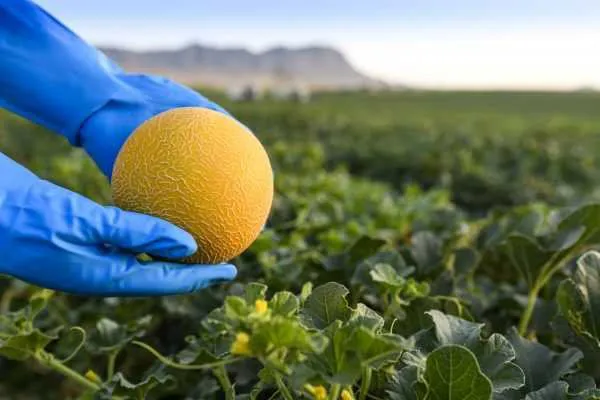There are good prospects for the 2024 melon and watermelon campaign in the Spanish Region of Murcia. "The crops are developing wonderfully, with exceptional quality and a very good health. We expect a normal development, without any surprises, which should allow us to recover the usual volumes, unlike in the previous campaign, when the crops were affected by late rains and hail, so yields were very low," says the president of the Melon and Watermelon sector of Proexport, José Cánovas.

The planted area is very similar to last year's, with about 3,000 hectares of melons, (approximately 2% more), and about 2,400 hectares of watermelons (4% more). Cánovas says that "the increases are not significant. What actually matters is to recover the usual production yields and offer a product with good flavor that meets the expectations of consumers, both national and European."
The crops are expected to be ready slightly ahead of schedule, so significant quantities may start to be harvested by early June; a little earlier for watermelon.
Proexport expects the total volume of melons of all varieties, including Piel de Sapo, Galia, Yellow, etc., to reach 110,000 tons, while for watermelons, whose supply includes black, striped or seedless varieties, about 170,000 tons are expected. "We are hoping for a good campaign, weather permitting. We are keeping one eye on the sky and the other on the ground. We need good weather and also to keep the crops' pests under control, especially aphids and whiteflies, which can cause havoc," says José Cánovas.
The start of the campaign has so far been marked by weather stability, with some rains in April and rising temperatures in recent weeks that have allowed "a correct development of the setting and the production of a good number of fruits in the early melons." The rest of the melon plantations "are going to have normal productions," says Cánovas.
Regarding watermelons, "this year, the early watermelons from mid-April have done very well in the domestic market, as the product has faced no competition and its arrival was eagerly anticipated in the markets," he says.
The Region of Murcia exported 158,614 tons in 2023, which is 6% less than in the previous year, although their export value increased by 3% and reached 148 million euros. The Region accounts for 49% of Spain's total melon exports and all varieties are exported: Piel de Sapo, Yellow, Cantaloupe, Galia, etc.
As for watermelon exports, in 2023, they stood at 125,114 tons (3.6% less), although their value reached 93 million euros, 12.6% more.
José Cánovas says that the results from the previous campaign were due to exceptional meteorological phenomena that led to phytosanitary problems that severely affected the production.  For more information:
For more information:
Proexport
Ronda Levante, 1 Entlo.
30008 Murcia, Spain.
T: +34 968 27 17 79
[email protected]
www.proexport.es
